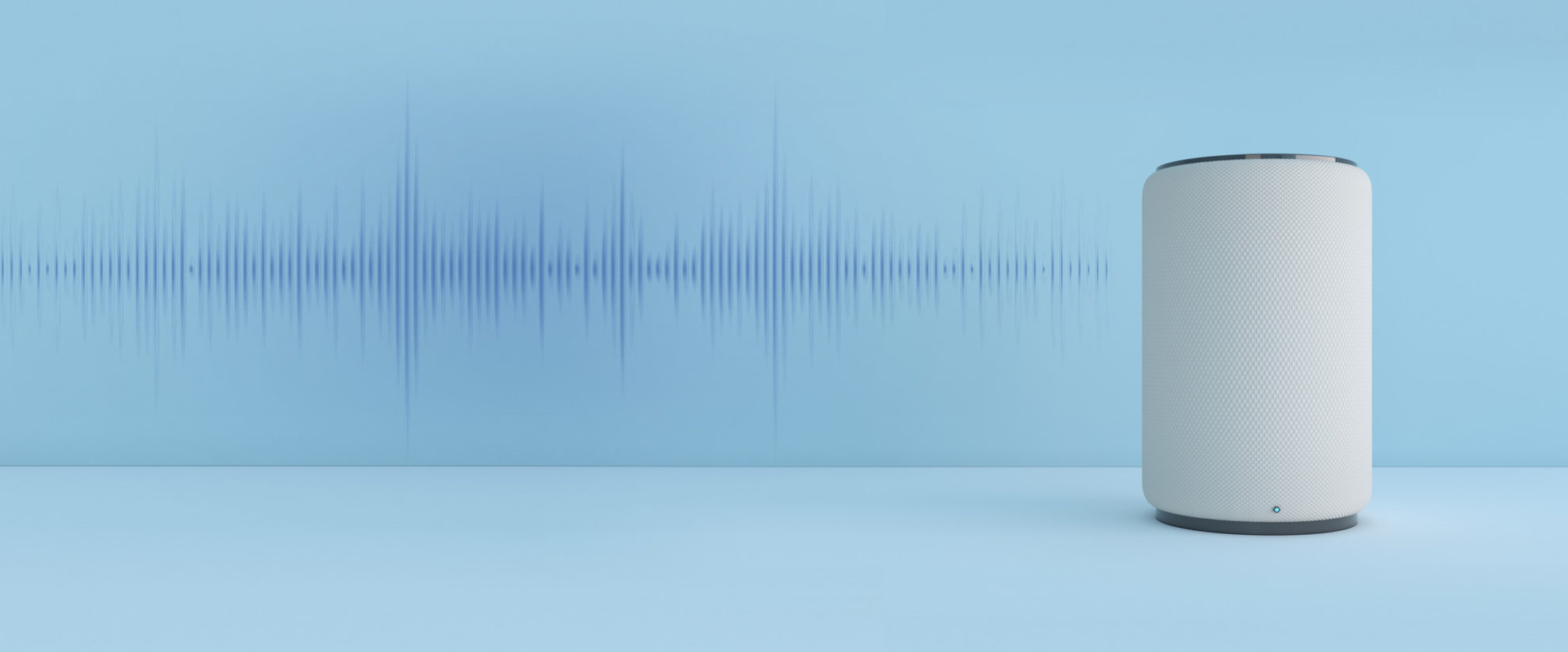What you need to know about using a smart speaker
![]() Smart speakers are becoming more popular with older adults, and for good reason: they make it more convenient to do lots of everyday tasks without having to stare at a screen. If you’re wondering how to start using a smart speaker yourself, you’ve come to the right place.
Smart speakers are becoming more popular with older adults, and for good reason: they make it more convenient to do lots of everyday tasks without having to stare at a screen. If you’re wondering how to start using a smart speaker yourself, you’ve come to the right place.
You’ve probably seen TV commercials where someone says, “Alexa, how many tablespoons are in a cup?” or “OK Google, what’s on my calendar for today?” Here’s what you need to know about using a smart speaker.
-
What are smart speakers?
A smart speaker is “smart” because you can activate it by using your voice and can tell a “digital assistant” to perform electronic tasks for you. Once the smart speaker is set up, you just ask a question and the speaker responds.
There are two popular smart speaker devices: the Amazon Echo, with a voice assistant called Alexa, and Google Home or Google Nest, with a voice assistant called Google Assistant. If you have an iPhone, you can also use Apple’s voice assistant, called Siri.
-
What can I ask the smart speaker?
Get the weather forecast, hear the latest news, find out the date and time, play trivia games — a smart speaker can answer all sorts of practical and fun questions. (You can even ask it to tell you some jokes.)
Ready to relax? Ask it to read you an audio book or play your favorite music. Want to remember something important? Ask it to add items to your shopping list, mark an event in your calendar, even remind you to take your medication at the same time every day.
Plus, if you have smart home devices in your home, you can connect them to your digital assistant and then use your smart speaker to turn lights on or off, adjust the thermostat, or operate your TV with simple voice commands.
-
How do I use the smart speaker?
Keep a smart speaker — or multiple smart speakers — plugged in to an electrical outlet in convenient areas of your home, like the kitchen, living room or bedroom, so you can easily speak to one throughout the day. Or keep your smartphone with you so you can easily ask Google Assistant or Siri for help. Always start by saying the name of the digital assistant — Alexa, Google or Siri — so you “wake up” the device and it knows you are speaking to it: “OK Google, what’s today’s forecast?”
In addition to using the digital assistant’s name, you may also need to learn and practice specific phrases called voice commands. For example, if you’re interrupted when listening to an audio book on an Amazon Echo device, you’ll need to say “Alexa, pause.” When you’re ready to listen again, you’ll need to say “Alexa, resume.” You can also ask the device to “go back,” “go forward,” or “read slower”; just remember to say the digital assistant’s name first.
-
What do I need to get started?
In addition to the smart speaker itself, you will need a smartphone or tablet to set up the speaker by using the app for the digital assistant. If you don’t have a smartphone, then a friend, relative or caregiver can use theirs to set up the smart speaker for you. You may also be able to set up the speaker through a website on a computer.
All speakers require Wi-Fi access to operate, so you’ll need to be connected to a Wi-Fi network in order to use one. Read more tips for setting up popular smart speaker devices.
-
Are smart speakers expensive?
Basic models start around $39. If you participate in a federal assistance program, you may also be eligible for reduced-cost internet services through the Federal Communication Commission’s Lifeline program. Learn more about the cost of smart speakers.
-
Do smart speakers listen all the time?
Smart speakers are designed to listen so they can respond when you need them. Think of them as sleeping until you wake them up by saying the wake-word “Alexa” or “OK, Google.” Smart speaker companies do collect what you say to learn how to improve the speaker’s performance — but if you’re worried about privacy, you can usually disable this function in the digital assistant’s app settings. Learn more.

